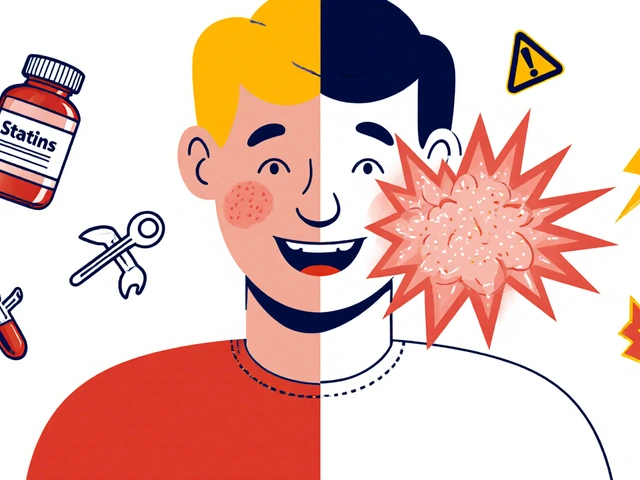RA drugs and hair loss: what to watch for
Notice more hair on your brush since starting rheumatoid arthritis (RA) treatment? That’s upsetting but not rare. Both RA itself and several RA medications can lead to hair thinning. The good news: many causes are reversible or manageable once you and your doctor find the trigger.
Which RA drugs can cause hair loss?
Hair loss linked to RA usually shows up as diffuse thinning (telogen effluvium) — more hair falls out all over rather than in patches. Common culprits include some DMARDs and related meds, though side effects vary by person:
- Methotrexate: hair thinning can happen, especially with higher doses. It’s usually reversible when doses change or stop under medical guidance.
- Sulfasalazine: this one is known to trigger hair loss in some people.
- Leflunomide and hydroxychloroquine: rare reports of hair loss exist, though most patients tolerate them fine.
- Steroids and biologics: steroids can cause thinning with long-term use or after stopping high doses; biologics (TNF inhibitors, rituximab, etc.) are less commonly linked but individual reactions occur.
Also remember: active inflammation, stress, infections, thyroid problems, and low iron or vitamin deficiencies can all cause or worsen hair loss. Treating RA doesn’t automatically solve hair issues if another factor is present.
What to do if you’re losing hair
Don’t panic. Start with a few practical steps you can take right away.
- Talk to your rheumatologist before changing or stopping meds. Stopping RA treatment on your own risks a flare that can make hair loss worse.
- Get basic blood tests: CBC (to check for anemia), ferritin (iron stores), TSH (thyroid), vitamin D, and sometimes zinc or B12. Fixing a deficiency often helps fast.
- See a dermatologist if hair loss is substantial. They can tell whether it’s telogen effluvium, autoimmune alopecia, or another issue and suggest targeted treatments.
- Proven options your dermatologist might recommend: topical minoxidil (often works for drug-related thinning), platelet-rich plasma (PRP) for some patients, low-level laser therapy, or prescription meds in specific cases. Cosmetic options like hair fibers or wigs help while you wait for regrowth.
- Focus on nutrition and gentle care: eat protein-rich meals, avoid tight hairstyles, limit heat styling, and choose mild shampoos. If iron is low, treating it usually improves growth over a few months.
Expect timelines: drug-related telogen effluvium often appears 2–3 months after the trigger and regrowth usually starts within 3–6 months after the cause is fixed. Every case differs, so keep realistic expectations and stay in touch with your care team.
If hair loss is disrupting your life, mention it at your next clinic visit. Small changes—blood tests, a patch test with minoxidil, or a discussion about adjusting medication—can make a big difference.
Rheumatoid arthritis drugs, including methotrexate, sulfasalazine, and biologics, sometimes cause unexpected hair shedding. This article digs into the science behind drug-induced telogen effluvium, highlighting what recent research says about why it happens and who’s most at risk. Learn how each medication interacts with your hair cycle and find out what you can actually do to stop or reverse the shedding. Tips, expert advice, and insight into solutions are all packed in here—plus, see what works when you just want your hair back to normal. Concerned about RA and hair loss? Here’s the practical, science-backed guide you’ve been looking for.
View Details

